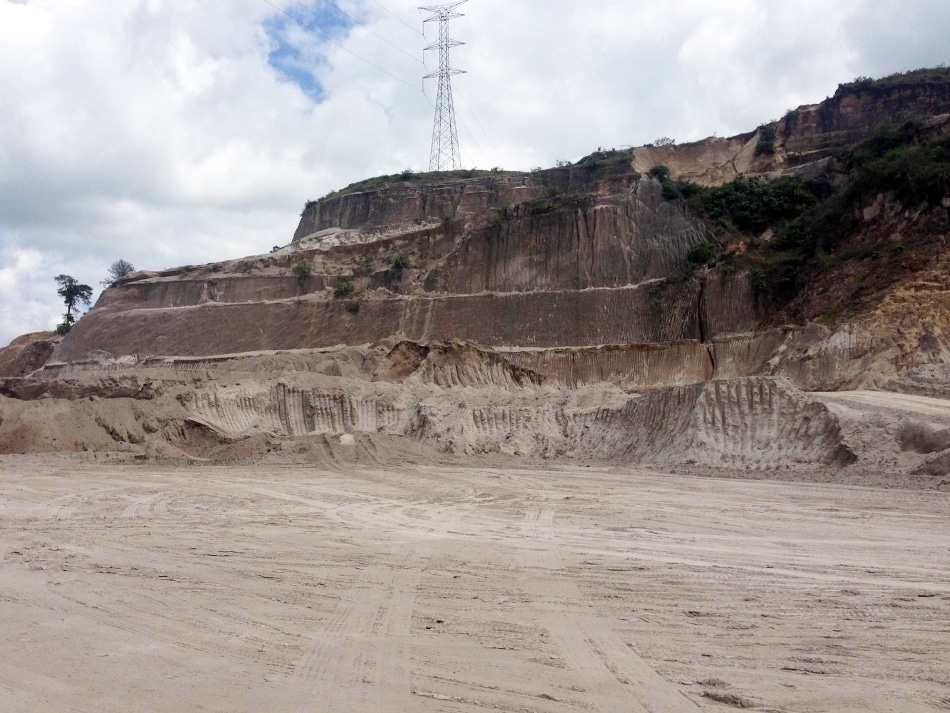May 21 2019
Production of cement will have an adverse effect on climate. This process is attributable to about 8% of annual global carbon dioxide emissions. But there is a constant increase in the need for cement.
 Picture of a pozzolan quarry in Guatemala. There, large quantities of volcanic ash are added to cements in order to reduce CO2 emissions. (Image credit: Herbert Pöllmann)
Picture of a pozzolan quarry in Guatemala. There, large quantities of volcanic ash are added to cements in order to reduce CO2 emissions. (Image credit: Herbert Pöllmann)
A group of geoscientists from Martin Luther University Halle-Wittenberg (MLU) has discovered a method to generate more eco-friendly and sustainable alternatives. The researchers described the use of industrial residues to produce high-quality, climate-friendly materials in Construction and Building Materials.
Limestone is the basic raw material for cement, and this can be converted to cement clinker in huge furnaces. This process causes great damage to the environment.
Around one tonne of carbon dioxide is released during cement production for every tonne of limestone. The majority of this is emitted by the limestone itself.
Herbert Pöllmann, Professor and Geoscientist, MLU
Pöllmann also explained that limestone replacement in cement production would contribute to huge energy savings potential. But the produced material ought to have the same useful properties as conventional cement.
While looking for alternative raw materials, the scientists from Halle chanced upon two types of industrial waste: residual materials from the production of aluminum and kaolin.
I don’t really like the term industrial waste. It is actually industrial residues that can still be used very effectively, for example to produce alternative forms of cement.
Herbert Pöllmann, Professor and Geoscientist, MLU
As part of the new study, his research team analyzed the physical properties and different mixing ratios of the newly produced cements. The study revealed that it is possible to use the two industrial wastes in producing cements that are similar to conventional cements with the same properties.
The two residual materials, which the researchers at MLU investigated, are advantageous because they had no carbon dioxide that could be emitted during further processing.
Pöllmann explained, “And you can use them to produce large quantities of cement that has great properties.” Pöllmann and his team, in the new study, gave a detailed description of the mixing ratios and production steps of the more eco-friendly cements. According to the scientists, the manufacturers can completely switch over to the more climate-friendly materials or produce cement mixtures with a lower ratio of limestone that are not harmful to the environment.
However, there are limits to the process: “There aren’t enough industrial residues to cover the global demand for cement,” stated Pöllmann. Hence, the researchers seek suitable natural products like volcanic ash or different mineral resources that have so far not been used in industries and which do not release carbon dioxide, for instance, different kinds of clay.